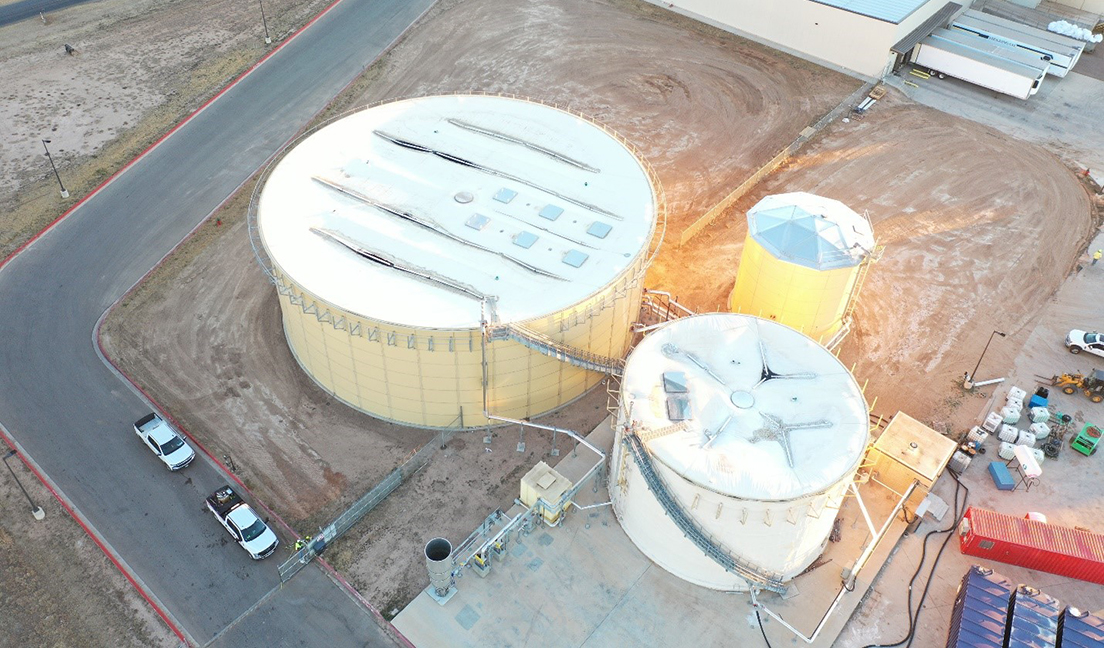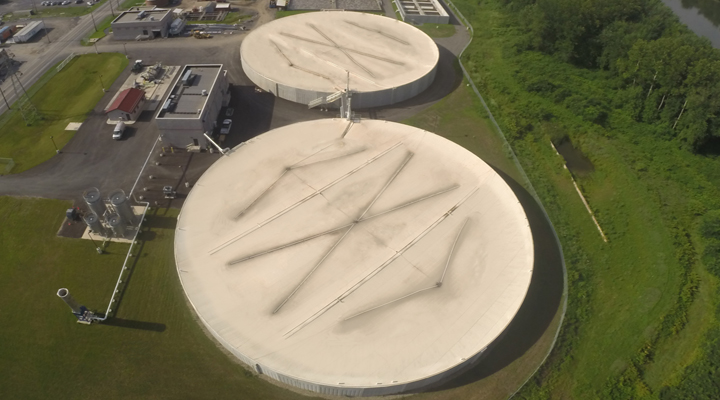Background
Lone Star Dairy is a leading producer of value-added dairy ingredients derived from locally-sourced milk.
While Lone Star Dairy was already enjoying the benefits of low-rate anaerobic digestion, production capacity was driving flows and loads beyond the capacity of their existing system. Upgrades were needed to remain compliant to protect the downstream publically owned treatment works (POTW).
Challenge
Dairy processing waste can be difficult to treat due to high concentrations of organics including BOD, TSS and FOG. Lone Star was also motivated to keep operating costs low and maintain use of their existing equipment while adding additional treatment capacity.
" Lone Star Dairy had an aggressive timeline and a need to stay compliant without increasing operating costs. Evoqua’s design build expertise and their ability to communicate with me throughout the process led to a great partnership in building an extremely effective system that meets our current needs. We can even think to the future about creating our own energy. "
Solution
Ahead of Lone Star’s existing system, Evoqua’s ADI® Systems installed a new 200,000 gallon EQ tank and 2.4 MG BVF reactor sized to treat the full plant flow. The existing reactor now operates in series after the new reactor, primarily serving to clarify solids which are then returned to the new reactor for additional biogas production. The upgraded system is now designed to treat 350,000 gpd of high-strength dairy waste, converting the organics into valuable biogas. Today, the biogas is sent to flare but can be used in the future as a source of renewable energy to offset fossil fuel consumption.
Thanks to its large volume, the BVF® reactor also acts as its own sludge storage system, allowing for sludge wasting in campaigns once or twice a year. The anaerobic processes produce a stabilized grade A sludge that can be directly land applied as fertilizer.
Partnership with local Environmental Manager, Jamie Farren, was vital to understanding the necessary design criteria and to keep the project on schedule.
Results
Lone Star’s investment in anaerobic digestion has effectively enabled their production expansion without a tradeoff in operating cost or municipal surcharges. Their expanded treatment system now delivers compliance while creating 128,000 ft³/d of biogas, the equivalent of 83 MM BTU of renewable energy that can be used in the future to further improve their carbon footprint. Since startup, the two-stage anaerobic BVF system has consistently maintained COD removals >95% and TSS and BOD concentrations have averaged <30 mg/l.

